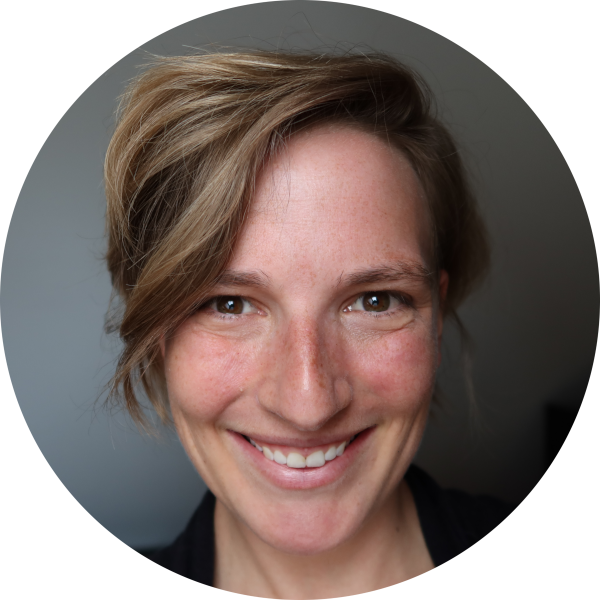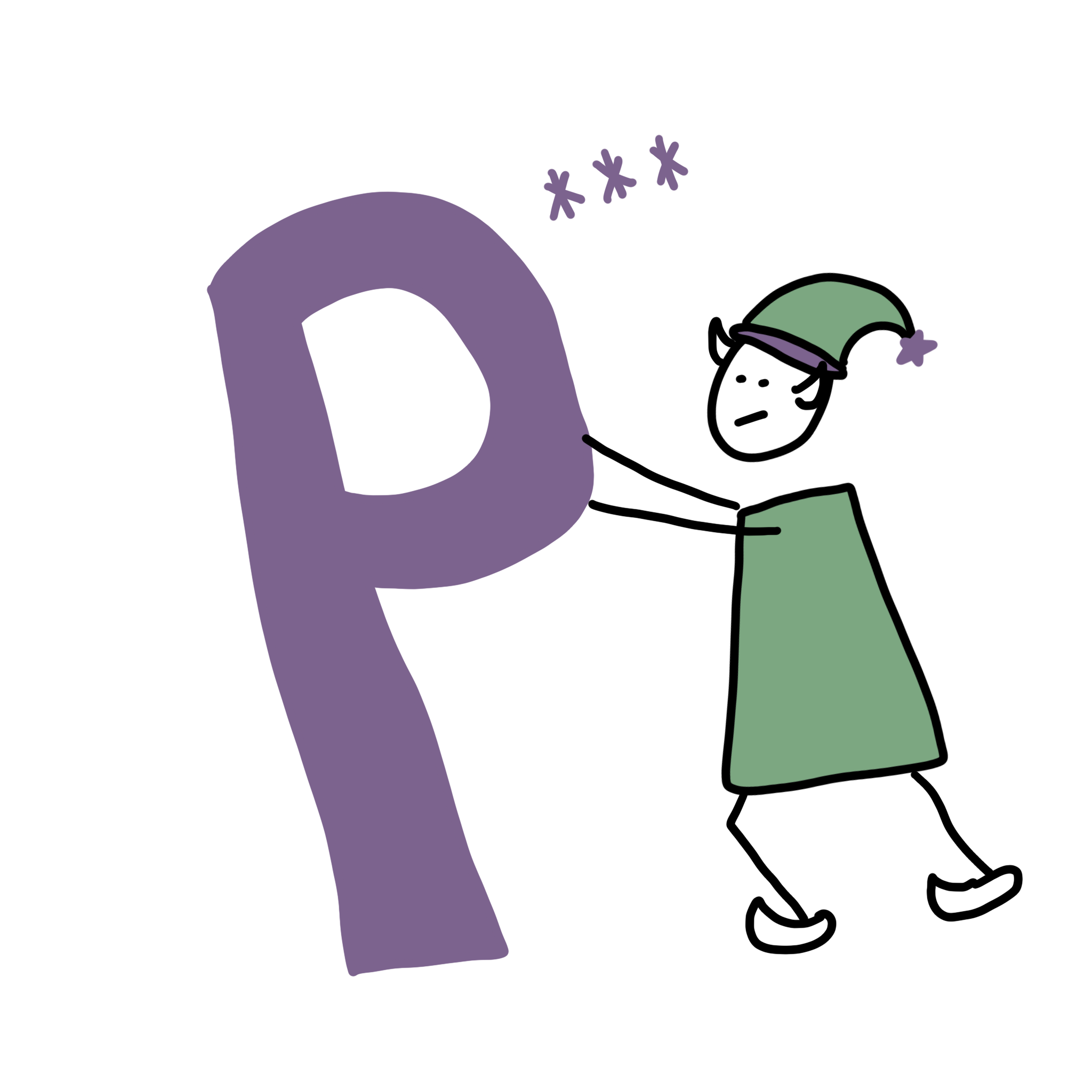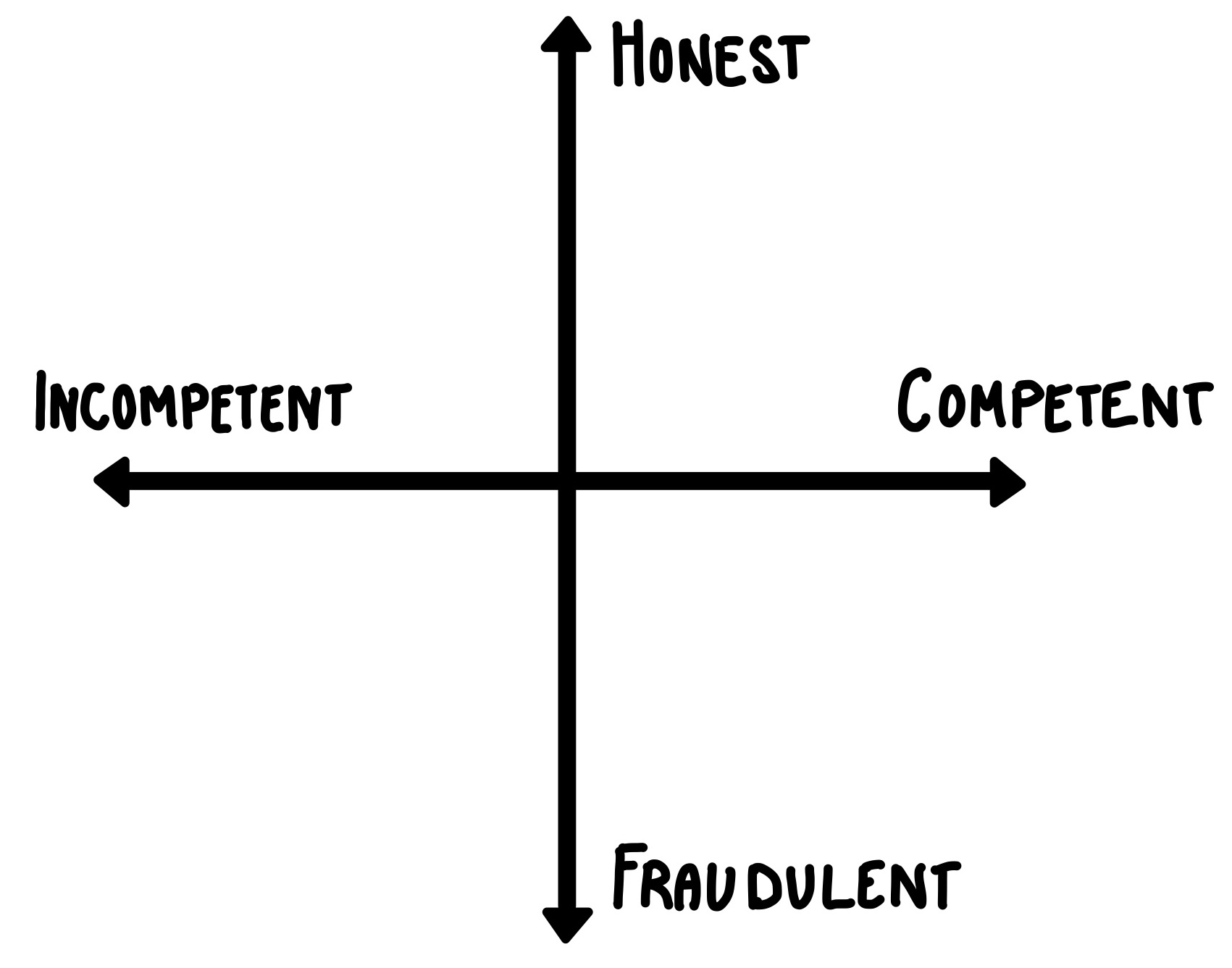Creativity in our work
Can creativity and science go together?
I am reading the book The Creative Act by Rick Rubin and I can’t help but wonder:
How does creativity relate to and fit into my work?
Can people who care about evidence and scientific rigor make creativity part of their work?
TL;DR
In this post I share four take-aways I had about creativity in relation to our work
1: Innovation requires creativity.
2: Creativity is in the little acts.
3: Constraints can spark creativity.
4: Experiment with saying “no” to rules.
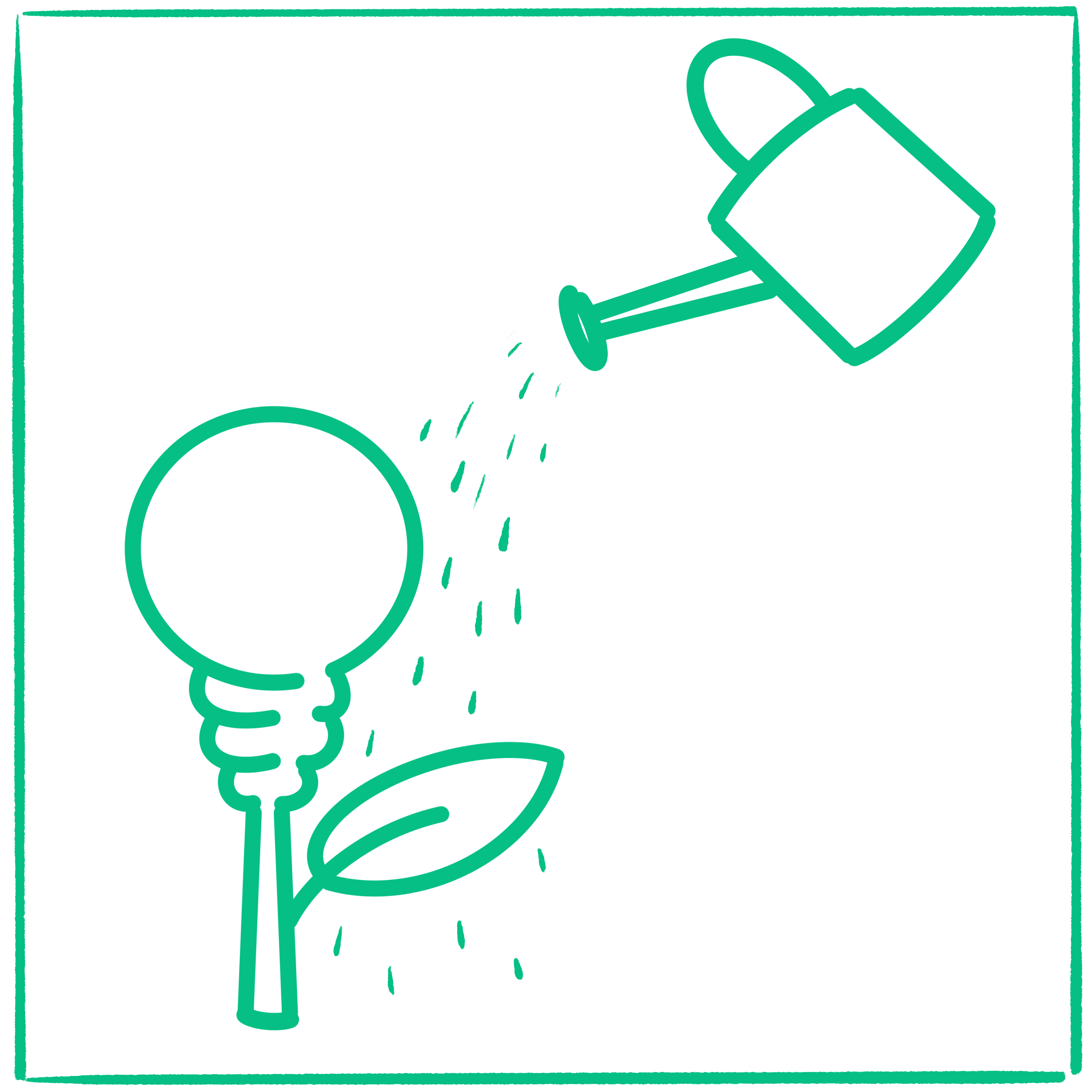
A lot of my work is about teaching people
- how to build reproducible workflows
(by following a set of rules), - how to share research outputs in an open and accessible way
(by following a set of rules), and - how to create research software that is usable by other
(by following a set of rules).
A lot of science is pushing the boundaries by following a set of rules. Also, a lot of what we do with the Digital Research Academy is figuring out the rules that lead to good training which we call evidence-based training.
Yet, I somehow still feel that my work often is creative. Am I just fooling myself?
Luckily the Open Science Retreat 2025 took place right at the height of my confusion about creativity and my work, so I just brought my questions into one of the ad-hoc short sessions at the retreat. For an hour we talked about how creativity fits into the work of researchers and other people working in research-related fields (like I do).
This post represents my personal take-aways from that session.
Take-away 1: Innovation requires creativity
First of all, research is a lot about solving problems, moving boundaries and innovation. Even though I continue to believe in rules and standards for the scientific method of generating evidence, there is still a lot of need for creativity. Because innovation requires creativity.
Pushing the boundaries of what we know today requires our imagination. Could Galileo have figured out that the earth was not the center of the universe if he had not been able to imagine it? I don’t think so.
Take-away 2: Creativity is in the little acts
In my research I used to develop new statistical and machine learning methods to better understand the efficacy of medical treatments. Although this was highly technical work, I added my creative spirit in many little places: I created graphics to visualize both how the method works as well as the results. I experimented with different ways to implement the code so it would run more efficiently. I communicated my research to a broad audience, using stories and even self-drawn visuals (see image below showing how decision trees work).
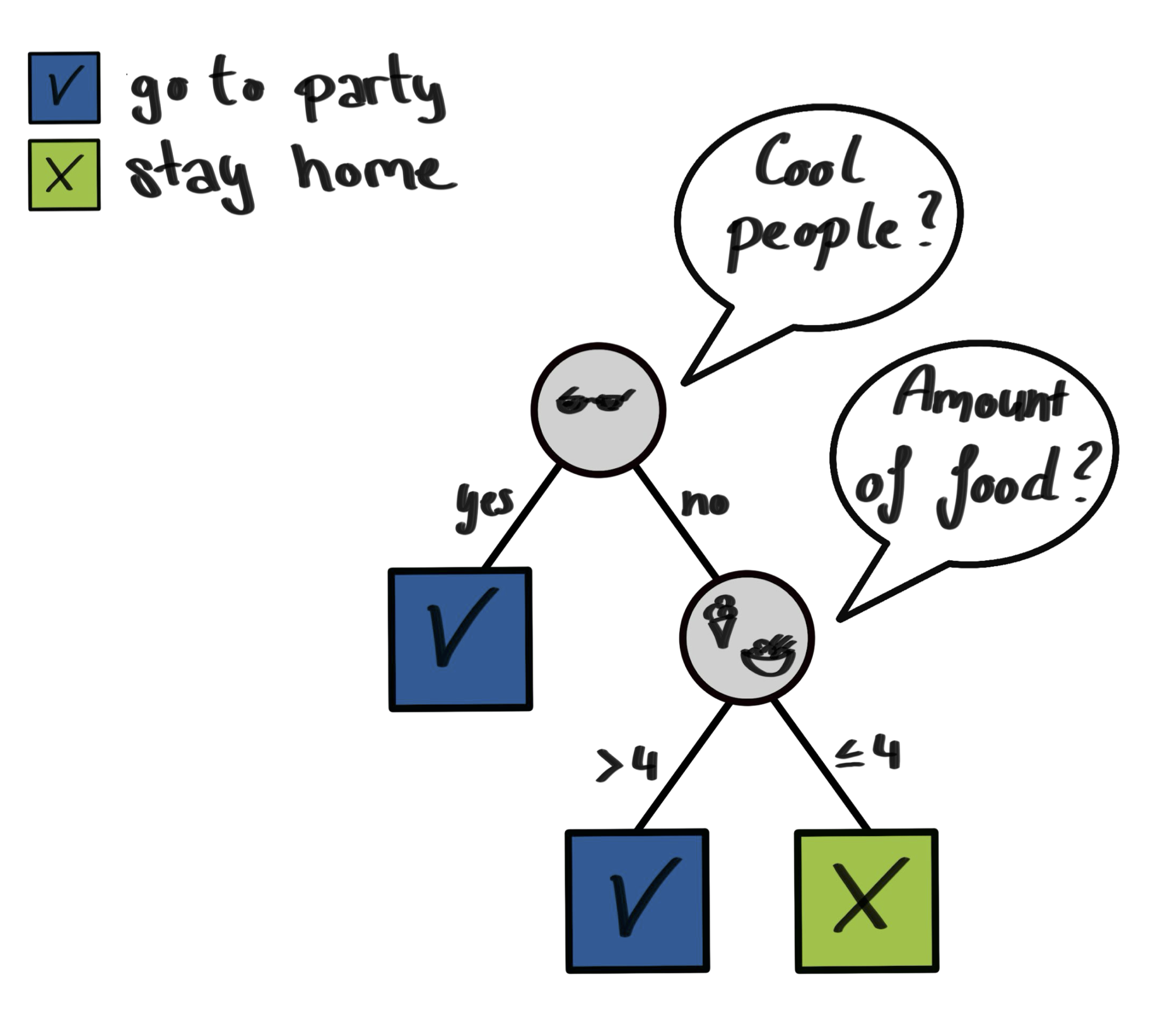
So creativity comes to play in the little acts sometimes. Often in the way we communicate or try out new things.
Take-away 3: Constraints can spark creativity
My husband’s cooking became a lot more creative when we reduced the number of potential foods we would eat when we stopped eating meat and dairy at home.
So some constraints and rules can make us even more creative.
Even time pressure - under the right circumstances - can make us creative.
Last year the Digital Research Academy tasked with creating 6 podcast episodes (on how to podcast), but
we only had a few days available to record them.
Somehow, by coming up with creative solutions – inviting external experts,
recording while sitting on the floor to be able to use the cushioning of the chair for better sound,
whinging some of the recordings more than we usually would – it turned out pretty good.
Maybe it turned out even better than it would have if we had had more time.
Danger zone:
This anecdote should not serve as a recommendation to put time pressure on any task and any person.
Constant pressure leads to the opposite of creativity and definitely to worse outcomes.
We did make sure to reward ourselves and take a breath after this period.
Take-away 4: Experiment with saying “no” to rules
Sometimes constraints and rules limit our creativity. Even more:
- Creativity is breaking the rules.
- Creativity is letting go of constraints.
My biggest creative outburst started by no longer accepting the “rule”
that a good career in science needs to involve a professorship.
I still have a career in science, but I have broken many rules of a classical scientific career.
I even left academia.
I sometimes feel like an artist who decides to paint on everything except a canvas.
What rules do you see in your work? Brainstorm some ideas where by breaking rules you might get something even better.
By the way: not all rules are set in stone and some are just in our minds (like my academic career “rule”). It may feel risky to break them today, but maybe you can get something beautiful out of it tomorrow.
How could you create more space for your creativity? What would fulfilled creative work look like for you?
Take a moment and think about it. It did help me come up with new ideas and realize the creativity I have already built in my life and work.
